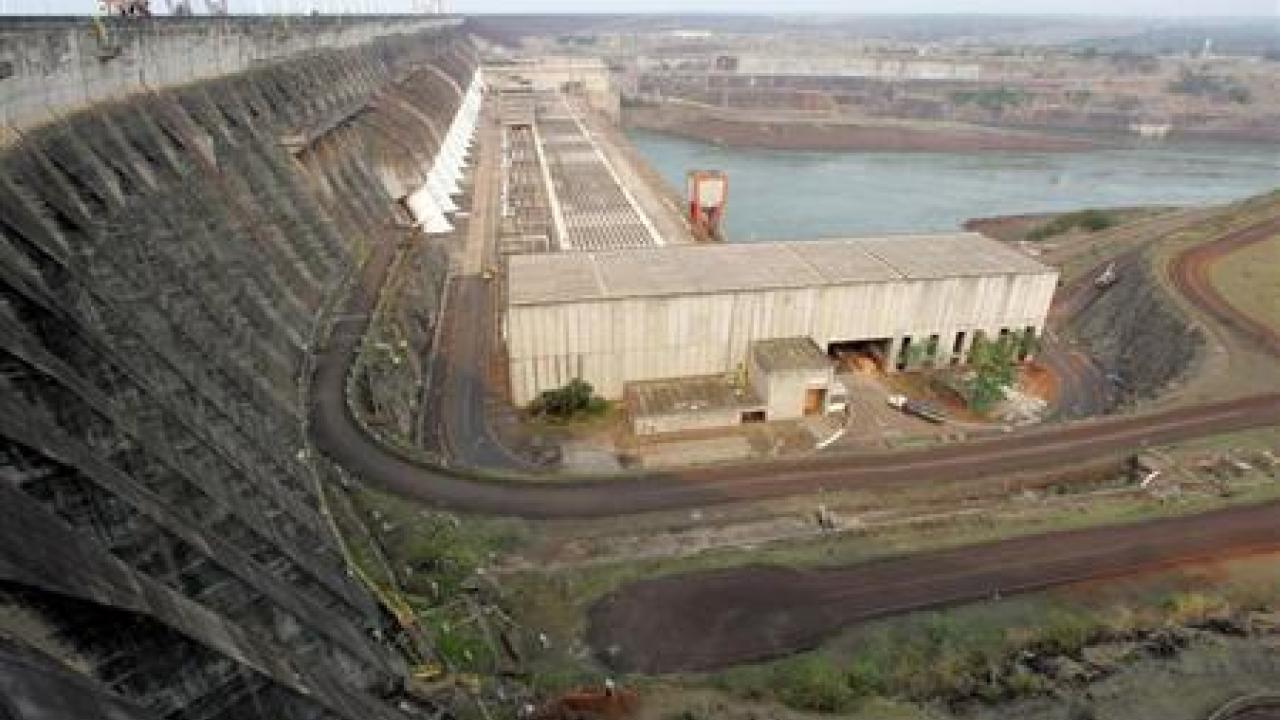
Forty years and three months after the first Itaipú unit went into operation, its most relevant indicators still prove that its most coveted products continue to greatly benefit the South American giant, despite the signing of a binational agreement.
The latest report from the Technical Directorate of the Paraguayan part of the Itaipú binational hydroelectric plant, which publishes monthly on the plant's indicators, states in one of its paragraphs that “Itaipu binational is the largest generator of clean and renewable energy, with a production of more than 3,022,599 GWh (1 GWh = 1000 MWh) since the start of its operations in May 1984.”
The figure is so large that it requires comparisons. If in 2023 the Paraguayan electricity market demanded, including its high loss rates, 22,089,861 MWh, we can conclude that with that level of demand Paraguay would consume that amount of energy in 136 years and nine months.
However, according to sources from the same entity, its own and others that can be found in the scattered national energy sector, we will note that in 40 years and three months, the national electricity market, also known as the Interconnected System (SI), because to the internal demand it adds the tiny amount that it really exports - only to Argentina -, demanded only 291,770 (GWh), or 9.6% of the accumulated records on the production of the plant in the reference period.
The difference, overwhelming indeed (90.4%), was absorbed by the Brazilian interconnected system.
ARTICLE XII OF THE TREATY OF ITAIPU
The Itaipu Treaty, in its Article XIII, establishes that “the energy produced by hydroelectric development... will be divided equally between the two countries, each of them being recognized the right to acquire... the energy that is not used by the other country for its own consumption.”
Then, until the end of last July, 1,511,299.5 GWh were part of the sovereign assets of the Republic of Paraguay.
However, despite the style of writing of the article, it is known, and was always known, that the recognition of the “right to acquire” unused energy would once again benefit – when it was written – our partners.
According to unofficial sources, it is estimated that ANDE was able to use 291,770 GWh during the period studied, or 19.4% of the 50% of the production of the plant that, according to Article XIII of the Treaty, belongs to Paraguay.
ENERGY TRANSFER EXCEEDED 80% OF PARAGUAYAN ENERGY
If the Paraguayan system, including ANDE's losses, was able to consume only 291,700 GWh of 1,511,299.5 GWh, this is a clear conclusion. In the 40 years, three months and seven days, Paraguay was forced, unfortunately due to an interpretation that was never officially questioned, to cede 1,211,529.5 GWh (80.2% of Paraguay's energy) to the Brazilian electrical system.
The reference article of the Itaipú Treaty incorporates another element that should not be overlooked: the “right of acquisition”, a right that, according to the Final Act of Foz de Yguazú, the matrix of the Itaipú Treaty, should have been the “right of preference” at the time of the acquisition” of the surplus. Acquiring is synonymous with buying and the purchase-sale process implies the validity of a price.
The Act in question also incorporates the principle of “fair price” that should have been applied to the Paraguayan surplus, but the governments in power chose to cancel the fair qualification and even the sale and replaced them with an amount that they called “compensation” but which, strictly speaking, was never compensation.
On average, this compensation, over 40 years, is only US$ 6.5% MWh. This has no resemblance and much less does it coincide with the reality of the electricity market.









